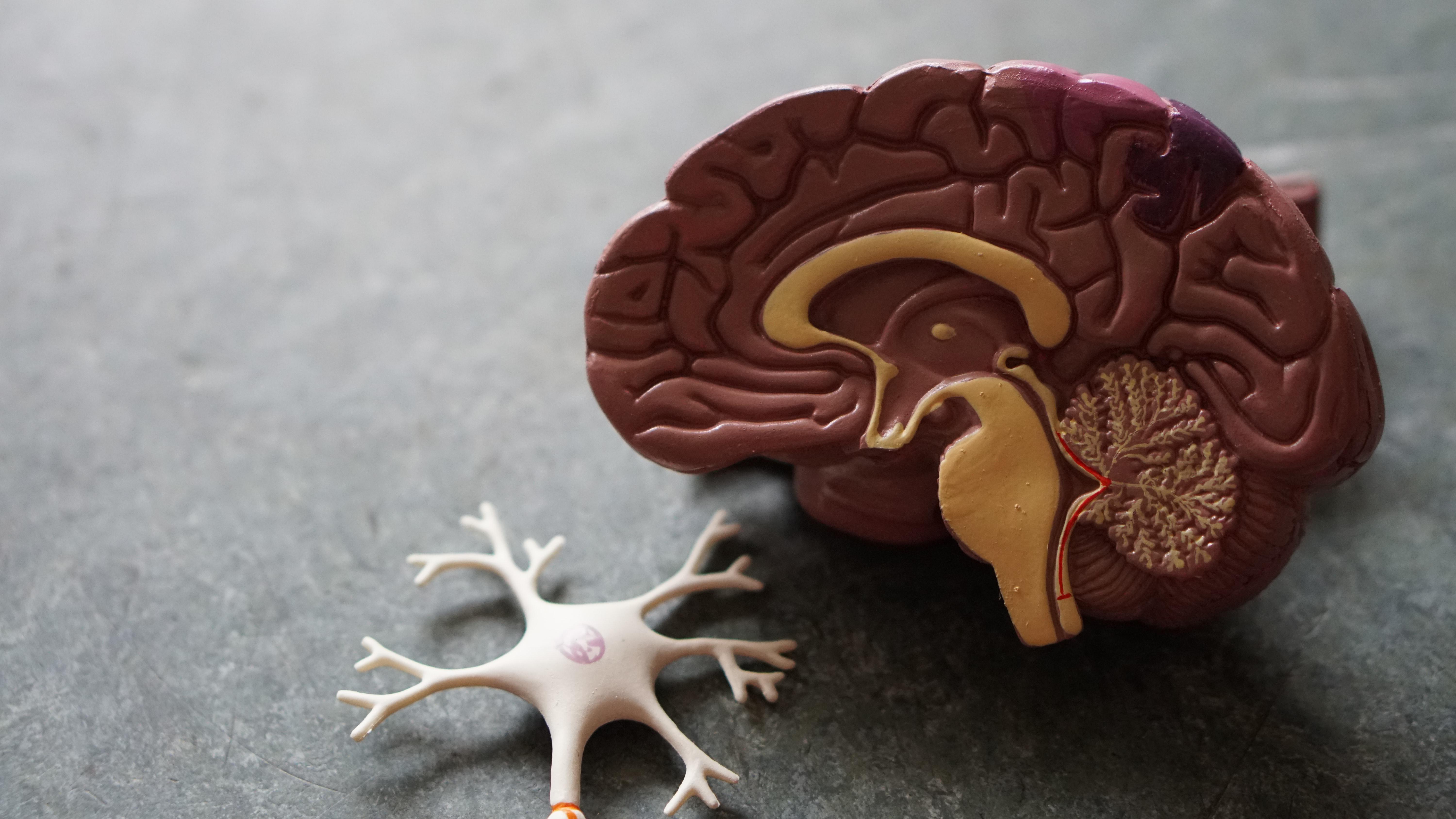3 methods make up almost all cases of suicide in the U.S.

- Since 2000, the suicide rate in the U.S. has risen roughly 30%. About 90% of suicides in the U.S. are from firearms, hanging, or poisoning.
- In a study published last year, researchers delved into the data on nearly 95,000 suicides in America between 2017 and 2019, hoping to identify trends that could lead to useful interventions to save lives.
- The researchers recommended reducing access to firearms, increasing access to mental health and substance abuse programs, improving healthcare for people with debilitating physical conditions, and strengthening safety net programs.
Suicides in the U.S. hit an all-time high in 2022, according to data recently released by the Centers for Disease Control and Prevention. An estimated 49,449 Americans took their own lives last year.
These numbers aren’t merely mirroring population growth either. Since the turn of the century, the suicide rate in the U.S. has risen roughly 30%. Among Americans aged 10 to 24, suicide is now the second-leading cause of premature death.
Firearms, hanging, poisoning
When Americans do take their own lives, they primarily do so by one of three methods: firearms, hanging, or poisoning. About nine in ten men and women use one of them.
Last year, a team of researchers primarily based out of the University of Texas delved into the data on suicide in the hopes of identifying trends that could lead to useful interventions to save lives. The researchers made use of the National Violent Death Reporting System, specifically looking at data on 94,454 U.S. adult suicides between 2017 and 2019.
They found that 54.7% of men and 30% of women who died by suicide used firearms, 28.4% of men and 28.5% of women hanged themselves, and 9% of men and 32.1% of women died by poisoning. Other methods like cutting, jumping from heights, running in front of a vehicle, drowning, and electrocution were used in the remaining cases.
As prior studies have revealed, firearms and hanging are highly lethal methods of self-harm, resulting in death about 89.7% and 84.5% of the time. Suicide attempts by poisoning only result in death about 8% of the time when imbibing drugs or liquids and 56.6% of the time when inhaling gases.
Firearm suicides are more impulsive
The researchers found that firearm suicide deaths were higher in states with a greater prevalence of gun ownership, and more specifically among people from the southern U.S. and people with a history of military service. Firearm suicides also tended to be more impulsive than those from other methods. Victims shot themselves following a sudden life shock such as an eviction, loss of employment, or relationship fight.
Those who died by poisoning tended to have made prior attempts to kill themselves. They were also the likeliest to disclose their thought of self-harm to friends or family. Over the course of the study, the rate of suicide by poisoning fell, suicide by hanging remained steady, and suicide by firearm increased.
Two of the most prominent factors that preceded a completed suicide attempt were a physical health problem (particularly for older adults) or a relationship issue. Roughly half of people who died by suicide had a substance use disorder or a mental health disorder.
4 public health strategies for intervention
Based on the findings, the researchers identified four potential strategies to ameliorate America’s suicide problem. First, reducing access to guns via mandatory waiting periods, background checks, and safe storage methods can make it harder for suicidal individuals to kill themselves impulsively. Second, people need access to affordable mental health and substance abuse programs. Third, people with debilitating physical health problems (especially older adults) require access to appropriate healthcare and palliative care to manage their conditions and lessen any feelings that they are burdensome to their families. Fourth, safety net programs must be strengthened to cushion citizens from the blows of job loss or other sudden economic hardships.





